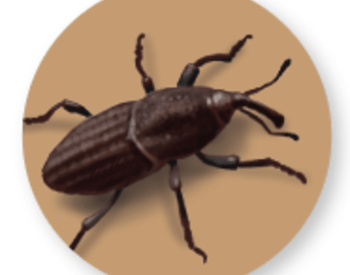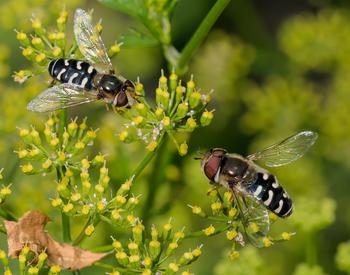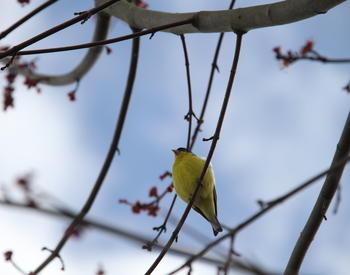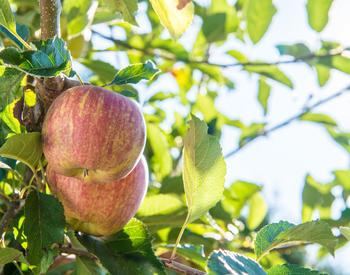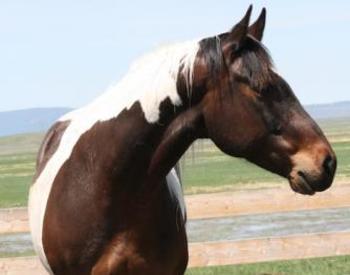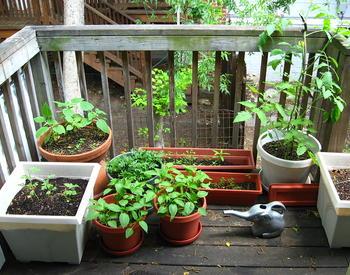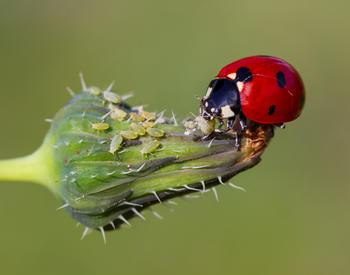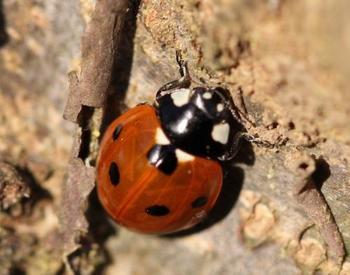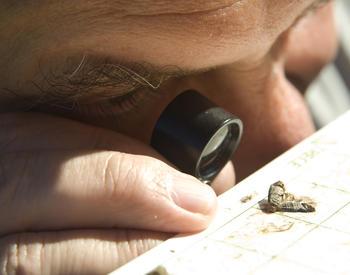What is eating my stored clothes and pantry items?
Damage to stored clothes and dry food goods is usually due to one of two pests: pantry moths or variegated carpet beetles.
The variegated, or varied, carpet beetle is one of the most common pests of dry organic materials found in homes and warehouses.
- Order: Coleoptera
- Family: Dermestidae
- Species: Anthrenus verbasci, Attagenus unicolor
- Common names: Variegated carpet beetle, black carpet beetle, varied carpet beetle
Identification
Adult varied carpet beetles are small (3–5 millimeters or about an eighth of an inch), rounded beetles with dark-colored or patterned wing covers, depending on the species. Larvae are similarly sized and have a tapered body. Larvae have alternating light and dark stripes and are covered with tiny hairs that can be 'puffed up' if larvae are disturbed.
Scouting for damage
Adult beetles are attracted to lights and can be concentrated around window sills. Larvae are often seen crawling up walls. If either life stage is found, a search should be made for infested materials.
Infestations most often begin in areas where food is stored, particularly if bulk foods are not stored in airtight containers.
Dry pet food is a common source of infestation. Wool clothing or wool blankets stored in attics, basements and closets are also frequently infested.
Check all areas where lint, especially dog or cat hair, tends to accumulate, including areas under carpets and along carpet edges; under seldom-moved furniture; and in floor cracks, registers and ducts.
Other possible breeding sites are old animal or bird nests that may be in the house, and collections of dead insects around windows.
Adults feed on pollen. Larvae consume:
- Dry foods (cereal, grains, nuts, crackers, dry fruit, cookies, flour, cornmeal, dry animal food and spices)
- Natural fibers (wool in carpets, clothing, blankets, cotton and silk clothing
- Dried flowers, leather, animal hides and furs, taxidermy subjects
- Keratin-containing objects such as mammal or bird nests, animal hair and dry animal carcasses.
Managing pests
Finding one or two varied carpet beetles in a home is no cause for alarm. Varied carpet beetles are also found outside and frequently enter homes through screened windows and doors, firewood and boxes previously stored in garages.
Several steps can help limit carpet beetle infestations, including:
- Clean up spilled food and accumulated lint to eliminate primary breeding sites.
- Store food, woolens, furs and other susceptible items in insect-proof containers to prevent access by the larvae.
- Exclude adult beetles during warm months by using screens and sealing other openings.
- Remove and destroy the infested material when you find it.
- Treat infested objects to kill eggs and larvae. Store small items in a freezer for 48 hours or heat-treat them at temperatures above 120 degrees F for several hours.
- Dry-clean infested clothing.
- Put infested nonfood materials in a plastic bag with a "pest-strip" for several weeks.
Elimination of carpet beetles from large objects, such as furniture, may require the services of a professional pest control operator. When a carpet beetle infestation is suspected, closely examine preserved animals or hides for live larvae or cast skins, as carpet beetles frequently infest these objects.
Thoroughly clean the house when carpet beetles are detected. Pay particular attention to areas where lint accumulates and move furniture occasionally to expose possible hidden breeding areas.
Information on this and other household nuisance pests is available in the PNW Insect Management Handbook.





